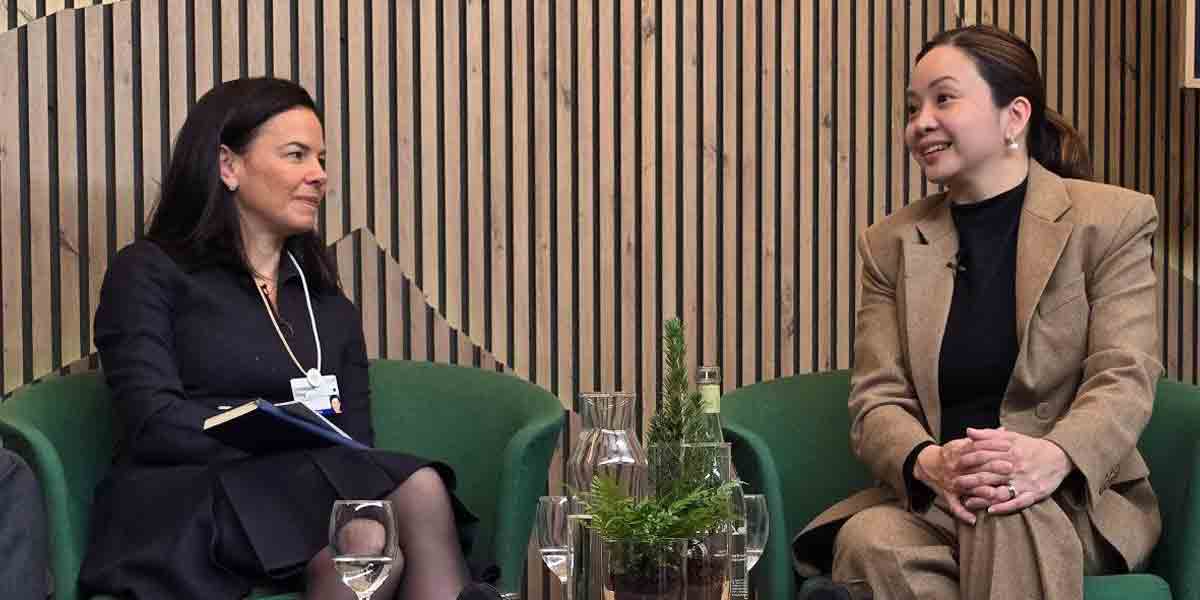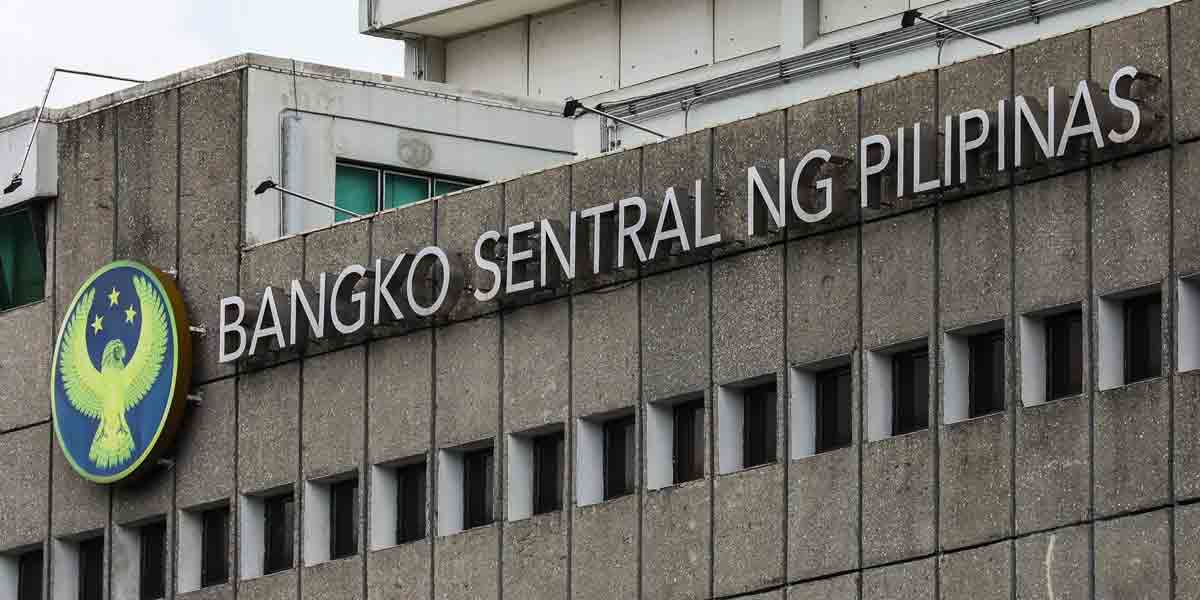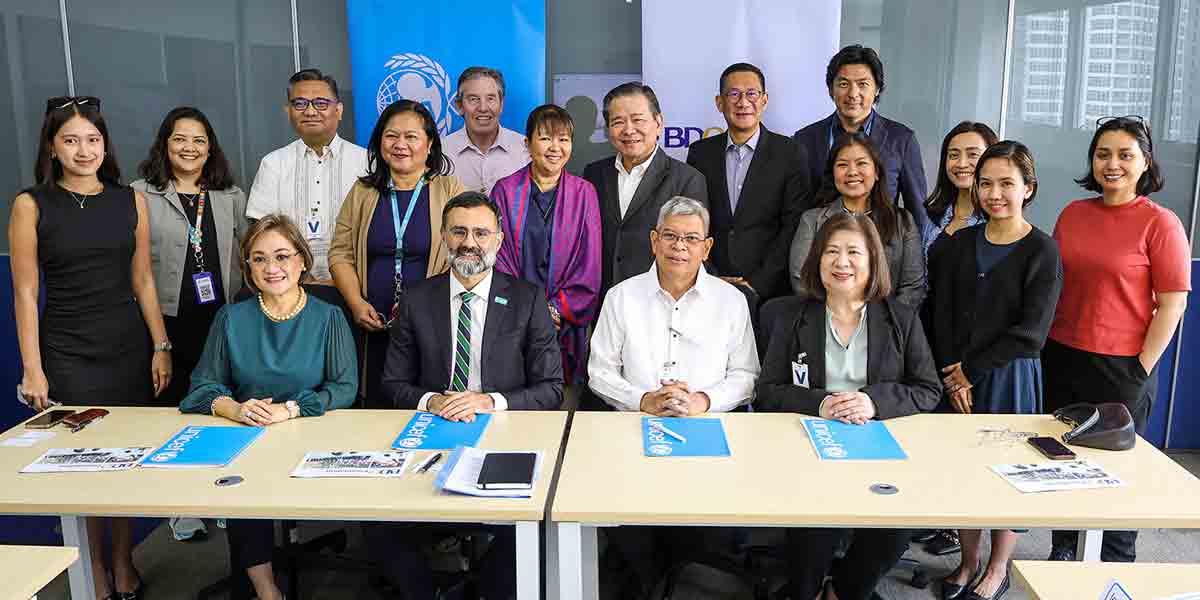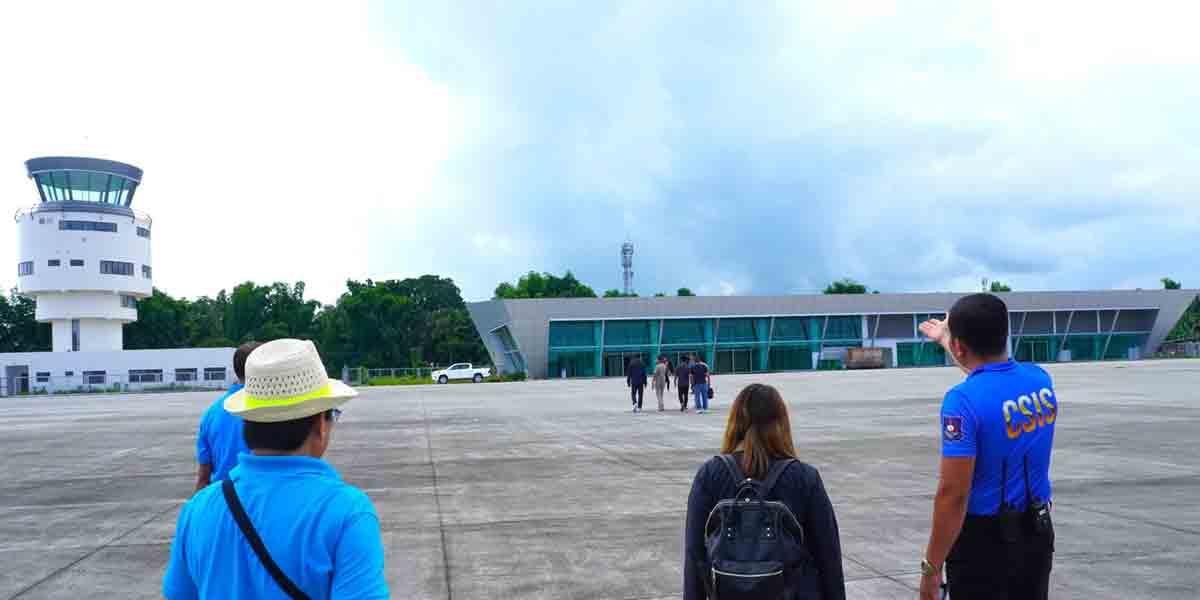
By Francis Allan L. Angelo
The Philippine middle class, a crucial engine for the country’s economic growth, has shown significant expansion over the past three decades, growing from 28.5% of the population in 1991 to 39.8% in 2021.
However, recent findings from the Philippine Institute for Development Studies (PIDS) 2023-2024 Economic Policy Monitor: Wealth Creation for Expanding the Middle Class in the Philippines reveal that this segment of society remains highly vulnerable to economic shocks, inequality, and the aftershocks of the COVID-19 pandemic, raising questions about the sustainability of this progress.
Defined as households with a per capita income between two and 12 times the poverty threshold—equivalent to PHP 25,000 to PHP 145,000 monthly for a family of five in 2021—the middle class serves as a stabilizer for the Philippine economy.
It drives domestic consumption, supports investments, and fosters social and political stability. Yet, despite these strengths, the group is heavily concentrated in urban areas, leaving rural communities lagging behind.
An Uneven Growth Trajectory
The growth of the middle class in the Philippines has not been consistent.
Between 2015 and 2018, rapid expansion occurred due to economic reforms, rising incomes, and increased formal employment.
However, the COVID-19 pandemic disrupted this momentum, pushing many households back into poverty.
According to the PIDS, the recovery of the middle class has been uneven across regions.
Urban areas, particularly Metro Manila and neighboring regions, account for a large portion of the middle class, while rural provinces, constrained by limited access to infrastructure, education, and formal employment, remain underrepresented.
The pandemic was a stark reminder of the fragility of the middle class. It revealed how easily families could slide back into poverty due to job losses, reduced incomes, or health crises.
Contributions and Challenges
The middle class contributes significantly to the Philippine economy.
With its high purchasing power, this group drives domestic demand, accounting for a substantial portion of spending on housing, education, health, and consumer goods.
The segment also represents a key tax base, supporting government revenue for public services and infrastructure development.
However, the middle class faces persistent vulnerabilities:
- Economic Shocks: Rising inflation, high interest rates, and unstable global markets have eroded purchasing power. In 2023, inflation reached 6%, with essential commodities such as food and fuel seeing significant price hikes.
- Job Insecurity: While many middle-class individuals work in formal employment, sectors such as information technology, tourism, and retail remain susceptible to external shocks, as seen during the pandemic.
- Limited Social Protection: Despite improvements in social programs, the middle class often finds itself excluded from subsidies and other government support that target low-income groups.
Regional Disparities and Urban-Rural Divide
Data from PIDS underscores the regional disparities in middle-class representation. Metro Manila, Region IV-A (Calabarzon), and Region III (Central Luzon) have a larger share of middle-class households due to better access to education, formal employment, and infrastructure.
Conversely, regions such as Bangsamoro Autonomous Region in Muslim Mindanao (BARMM) and Eastern Visayas report lower middle-class populations. Limited access to jobs, education, and healthcare perpetuates inequality, stifling upward mobility.
This geographic disparity shows the need for targeted interventions in rural areas. Expanding opportunities in these regions is essential to ensuring inclusive growth.
Policy Responses and Government Initiatives
The Philippine government has implemented several policies aimed at expanding and stabilizing the middle class. Key initiatives include:
- Trabaho Para sa Bayan Act (RA 11962): Focused on job creation and MSME support, this law addresses unemployment and underemployment.
- Universal Health Care (UHC): Expanded PhilHealth coverage and the establishment of Malasakit Centers aim to reduce healthcare-related financial risks.
- PhilSys National ID System: Expected to streamline access to public services and financial systems, promoting inclusion.
In addition, the government has emphasized infrastructure development to spur economic growth. Projects under the “Build, Build, Build” program have improved connectivity, particularly in rural areas, enhancing access to markets, education, and healthcare.
Opportunities in the Digital Economy
Digital platforms present new avenues for middle-class expansion. The rise of e-commerce, remote work, and fintech has created opportunities for entrepreneurship and economic inclusion. Initiatives like the Internet Transactions Act (RA 11967) and the Philippine Digital Infrastructure Project are designed to improve connectivity and digital literacy, enabling more Filipinos to participate in the digital economy.
Digitalization offers a pathway for the middle class to diversify income sources and access global markets. However, it requires significant investment in infrastructure and education to ensure that no one is left behind.
Barriers to Sustained Growth
Despite these initiatives, the middle class remains at risk of falling into what economists call the “middle-income trap,” where growth stagnates once a country reaches middle-income levels. The PIDS report identified several barriers:
- Skills Mismatch: Many workers lack the advanced skills required in high-paying industries, limiting their earning potential.
- Climate Change: Environmental challenges, including typhoons and rising sea levels, disproportionately impact middle-class households reliant on agriculture and other vulnerable industries.
- Healthcare Costs: While UHC has made strides, out-of-pocket expenses for illnesses or emergencies remain a significant burden for many families.
What Needs to Be Done
Expanding and stabilizing the middle class requires a multipronged approach, according to PIDS. Key recommendations include:
- Investing in Education and Skills: Programs must focus on equipping workers with future-ready skills, particularly in digital technologies and green industries.
- Strengthening Social Protection: Expanding healthcare coverage, unemployment insurance, and pension systems will provide a safety net during crises.
- Promoting Rural Development: Improving infrastructure, education, and job opportunities in rural areas is essential for reducing regional disparities.
- Fostering Innovation: Policies that support entrepreneurship and innovation can drive productivity and create new job opportunities.
The Philippine middle class stands at a crossroads.
While it has grown significantly over the past three decades, its resilience remains uncertain in the face of economic, social, and environmental challenges.
Policymakers, businesses, and civil society must work together to create a more inclusive and sustainable future.
With the right investments and policies, the middle class can become a cornerstone of economic stability and progress.
But achieving this vision requires unwavering commitment and collaboration from all sectors of society.





















